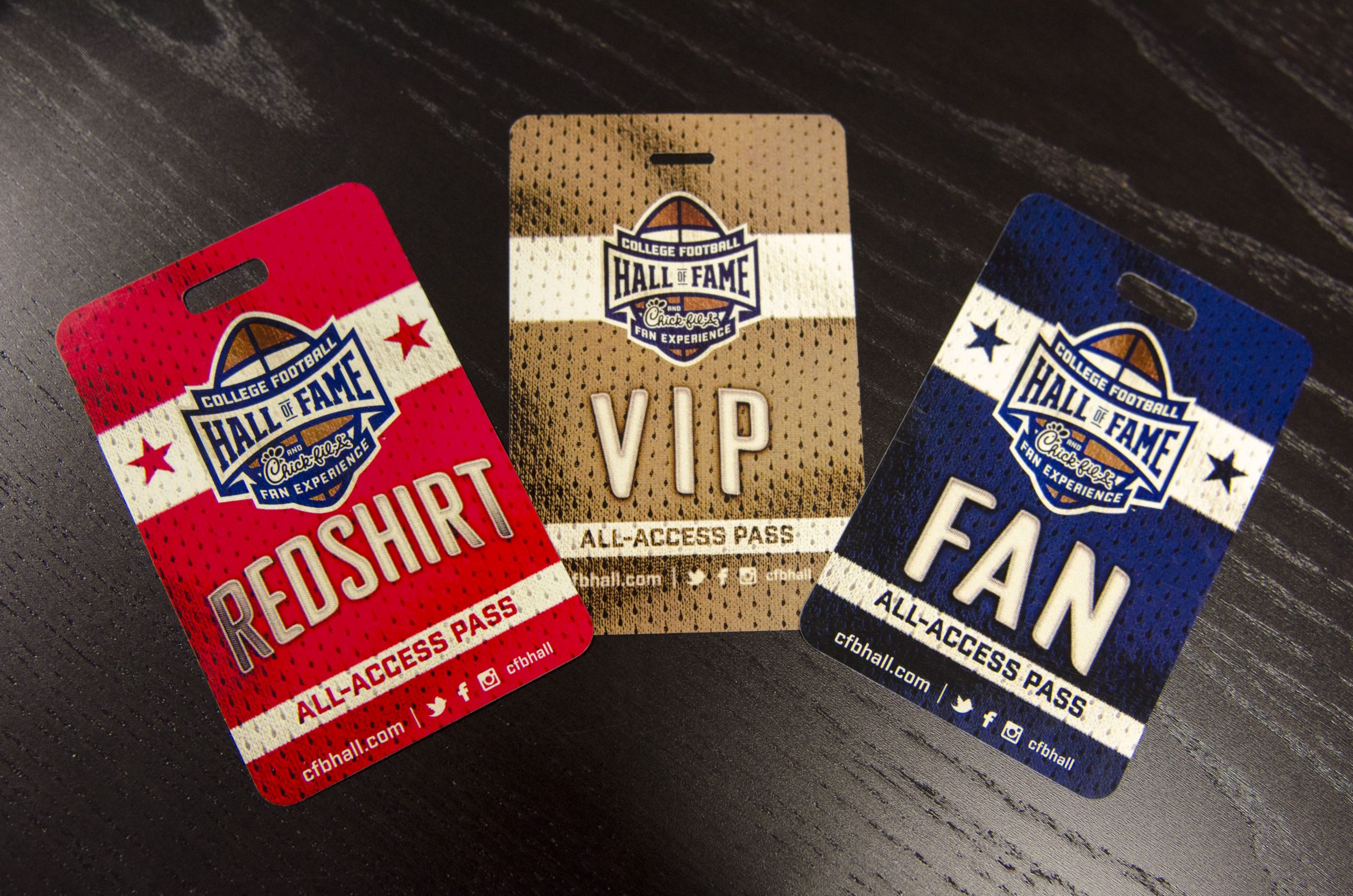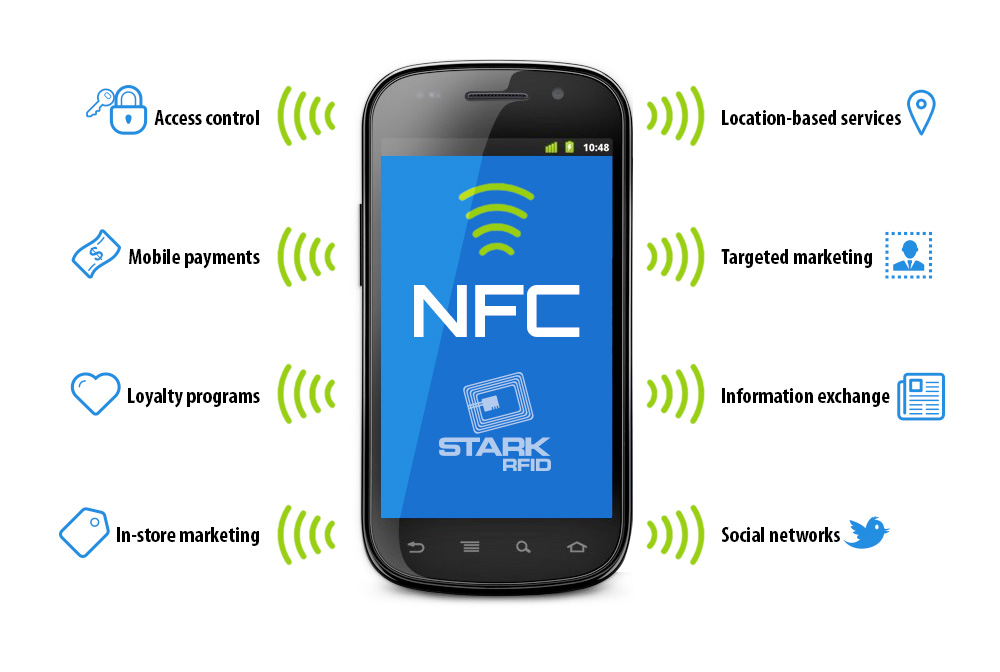- December 1, 2016
- Posted by: SportsV
- Categories: Event News, Featured Articles, Features, Home News, Industry News, News

George Hoffman, CEO of FineLine Technologies, and Lance Burnett, CEO of Stark RFID, discuss how RFID has become a game-changer in the stadia and arena industry.
Radio Frequency Identification’s (RFID) access control, marketing, merchandising and ticketing security capabilities are bringing to the stadium and arena industries new ways to increase revenues. A trend has begun. The move to RFID is accelerating. Stadium businesses with the foresight to implement RFID soon will be among the industry’s technology leaders and more profitable enterprises.
Currently, barcoding is the dominant technology used by the stadium industry to process customers through access points. However, look for speed and flexibility to earn RFID the status of primary technology not only for access, but for virtually all critical transactions in stadium environs.
One reason is speed. Unlike barcodes, which are scanned electronically via a laser or camera, usually one-by-one by hand, RFID tags require no direct sightline to a scanner or reader.
The technology, which consists of a programmed antenna embedded in a tag, ticket, wristband or other carrier, offers huge benefits compared with conventional means of processing patrons through entry gates and customising their event experience. RFID data can be read at a distance, eliminating needs to manoeuver a tag or scanning device to complete the scan. A person wearing an RFID data-encrypted tag, for example, can walk past a scanner and the scanner will capture the tag’s data and process a transaction.
When RFID was installed recently at a major American university’s football stadium, the processing of persons entering the stadium increased from approximately 15 to 40 persons per minute. The tags also boosted ticketing security—more on that later.
In addition to speeding visitors through stadium entry points, RFID also can facilitate rapid cashless payments at stadium retail venues, such as pizza, hot dog and hamburger stands, souvenir kiosks and beverage counters. In place of paying with cash or by scanning a credit card and signing a receipt, cashless RFID payments require only that the patron walks through a portal which can be part of the venue’s exit path. The encrypted RFID tag automatically debits currency pre-loaded on a patron’s ticket, allowing for faster transactions and throughput, increased opportunity for retail sales and happier customers.
Security
Getting back to our American university stadium for a moment, the RFID tags now employed there have eliminated a mis-use of barcoded tickets that was overwhelming security teams and allowing general admission patrons to enter more expensive lower bowl areas.
Barcodes are relatively easy to copy, and students had been taking liberties with tickets purchased online and printed on their dormitory printers. From there, it was a simple matter to duplicate bar codes that allowed entry to premium areas. RFID tags are virtually impossible to duplicate because there is a science involved in encrypting and then embedding inlays into different form factors. They require software programming and highly sophisticated manufacturing facilities to produce.
Accordingly, a single programmed RFID tag can admit, or prevent entry to, hundreds of access points at a stadium without fear of counterfeits contributing to shrink. One example: establishing Gold, Silver and Bronze loyalty tags that facilitate entrance to various stadium venues, such as free food and drink areas and preferred seating.
Versatility
A major league baseball team is now finishing construction of a stadium that includes a theme park for children, complete with kiddie games and activities. Patrons can buy credits that are loaded onto wristbands worn by their kids. Where once customers would need a stack of coins or paper money to engage in a theme park’s entertainments, RFID can make the process neat, simple and cashless, and incorporate safety features. The RFID wristbands for the ballpark’s kiddie playground, for example, can be encrypted to allow children of certain ages to participate only in certain age-specific activities.
RFID’s merchandising capabilities are limited solely by a user’s imagination. Consider a sports attraction like a hall of fame that houses artefacts from across a sport’s entire enterprise and sells souvenirs from literally hundreds of different teams. RFID technology can identify a patron as he or she enters and initiate a series of merchandising activities, such as throwing a spotlight on a jersey carrying the patron’s alma mater’s logo or launching a video showing the patron’s team winning a championship game. It can also send coupons or notices of discounts to a patron’s cell phone or alert him or her to upcoming events.

Getting started with RFID
Most often, producers of software and manufacturers of antennas and form factors work together from a project’s inception through to the point of having a fully tested operational system. Decisions need to be made regarding programming, preference for frequency, like UHF or NFC, form factors—tags, tickets, wristbands; permanent or one-time use; quantities and cost.
This all calls for due diligence on the part of stadium owners and all management associated with the processing of its patrons. The software, antenna and ticketing suppliers you select should have a record of successful implementations at stadium venues and be equipped to deal with a stadium’s unique construction. For example, older stadiums might not have networking capabilities. Your vendors should be able to conform to your stadium’s existing infrastructure.
RFID is poised to bring greater efficiency, profitability and security to commercial stadiums and arenas. It’s a game-changer that can transform the ways in which your stadium conducts business and rings up big numbers on your balance sheet.
About the authors

George Hoffman, CEO of FineLine Technologies, which provides customisable RFID integrated labels, tags and wristbands for stadium, arena and sports attraction venues. He can be contacted via email at: ghoffman@finelinetech.com or for further information, visit: finelinetech.com.

Lance Burnett, CEO of Stark RFID, an enterprise-level RFID integrator of customised software and RFID hardware. He can be contacted via email at: lburnett@starkrfid.com or for further information, visit: starkrfid.com.
Main image (top) shows RFID enabled event passes
#SportsVenueBusiness

